In the vast, sun-scorched stretches of Rajasthan, the traditional attire worn by its people—collectively known as Rajasthani poshak—is far more than ornamental. It is a functional, adaptive, and deeply symbolic expression of identity. These garments, designed over centuries of living in a harsh desert environment, reveal how culture and climate are stitched together in every thread.
From the colorful turbans of men to the flowing ghagras and odhnis worn by women, Rajasthani dress tells stories of survival, community, pride, and purpose. This blog explores how the poshak is uniquely shaped by desert geography and plays a key role in defining social roles and regional identities.
Life in the Desert: Clothing as Survival
Rajasthan is known for its arid climate, extreme temperatures, dry winds, and frequent dust storms. These environmental conditions have played a central role in the evolution of traditional attire. The primary function of Rajasthani poshak is to protect the wearer from the climate.
Lightweight and Breathable Fabrics
Cotton and mulmul are the most commonly used fabrics, chosen for their breathability and comfort. These materials help wick away sweat and keep the body cool in the searing heat. Women’s ghagras (long skirts) and odhnis (scarves or veils) allow for airflow while also offering full coverage, which is important for protection from sunburn and dust.
Men’s angarkhas (wrap-style tunics) and dhotis or churidars (legwear) are equally designed for comfort and practicality. The angarkha wraps around the torso and allows movement, while dhotis allow airflow—making them well-suited for the desert heat.
Turbans: More Than Headgear
The safa or pagdi (turban) worn by Rajasthani men is not just cultural; it’s a functional item that shields the head from the sun and retains moisture to prevent heatstroke. Turbans can also be unraveled and used as ropes or blankets in emergencies—a true example of multi-use desert survival gear.
Identity and Community: What Clothes Say About Who You Are
In Rajasthan, what you wear is who you are. Poshak acts like a silent language, indicating everything from social status and marital status to region and caste. This is particularly evident in rural areas, where traditional attire remains part of daily life.
Colors and Meanings
Colors in Rajasthani dress are deeply symbolic:
-
Red symbolizes marriage, fertility, and joy often worn by brides.
-
Yellow represents happiness and is worn during festivals like Teej.
-
White is associated with mourning or widowhood.
-
Blue and green are commonly worn by specific castes or communities.
These color choices are not random; they serve both practical and social purposes. Bright colors also make people visible in the vast desert landscape, which is useful in both village life and desert travel.
Patterns and Prints
Patterns such as Bandhej (bandhani tie-dye) and Leheriya (wave-like stripes) aren’t just for beauty they reflect specific regions and communities. For example, Bandhej is often associated with married women, while Leheriya might be worn during monsoon festivals to symbolize rain and fertility.
Each print and pattern is part of a visual vocabulary that helps people instantly recognize community backgrounds, social roles, and even moods.
Gender and Marital Status Through Clothing
In Rajasthan, poshak varies between genders and life stages. A woman’s attire changes based on her marital status, age, and region, while men’s clothing—particularly the turban—can indicate everything from political status to emotional state.
Women’s Poshak
The typical women’s outfit includes the ghagra (skirt), choli (blouse), and odhni (veil). Married women often wear more ornate and colorful clothing, adorned with mirror work, embroidery, and heavy jewelry. The odhni is often draped to cover the head as a sign of modesty and respect.
Widows and elderly women typically wear plain, muted colors like white or pale blue, while young unmarried girls might wear lighter fabrics and brighter colors with less ornamentation.
Men’s Poshak
Rajasthani men wear kurta or angarkha, often paired with a dhoti or churidar, and always a turban. The style and color of the turban indicate a man’s origin, caste, or even his mood (e.g., saffron for valor, white for peace, and pink during celebrations). In many communities, the turban is a source of great pride—sometimes symbolizing honor that must be protected at all costs.
Regional Differences Within Rajasthan
Although Rajasthan is a single state, it contains many microcultures, each with its own variation of traditional attire. Regions like Marwar, Mewar, Shekhawati, Barmer, and Bikaner have distinct clothing styles that reflect their unique histories and traditions.
-
In Shekhawati, women wear poshaks with heavy gota-patti work and floral prints.
-
In Barmer, earthy tones and geometric block prints are common due to proximity to the Thar Desert.
-
Mewar styles include royal-looking poshaks, often with silk and velvet elements.
These differences highlight how Rajasthani clothing is not monolithic it adapts not only to climate but also to historical and geographical distinctions.
Jewelry and Accessories: Clothing Complements Identity
Rajasthani poshak is rarely complete without traditional jewelry. Ornaments worn on the forehead, nose, neck, wrists, ankles, and waist each carry cultural significance. For women, jewelry is both a mark of beauty and economic security, often doubling as wealth storage in the form of silver or gold.
Men, especially those from Rajput or royal lineages, may also wear rings, earrings, or brooches that signify status and clan identity.
Tradition vs. Modern Influence
Today, Rajasthan’s cities and towns are seeing a mix of traditional and modern styles. Younger generations, especially in urban areas, may wear jeans and shirts for everyday convenience but still turn to traditional poshak for weddings, festivals, and ceremonies.
In many cases, designers are incorporating traditional elements like Bandhej prints or mirror work into contemporary fusion wear, making Rajasthani styles more accessible to youth and global audiences.
Yet, in rural areas, traditional poshak remains dominant a sign that this clothing is not just symbolic but still entirely relevant and practical for desert life.
Conclusion: Woven with Wisdom
The Rajasthani poshak is a remarkable example of how environment, culture, and identity intertwine through clothing. These garments have evolved not just to beautify but to protect, express, and connect. In a world of fast-changing fashion, Rajasthani traditional dress remains a living tradition—rooted in resilience, shaped by sandstorms, and colored with pride.
To wear it is not just to dress in style, but to wear the story of Rajasthan its hardships, its joy, and its unbreakable cultural spirit.
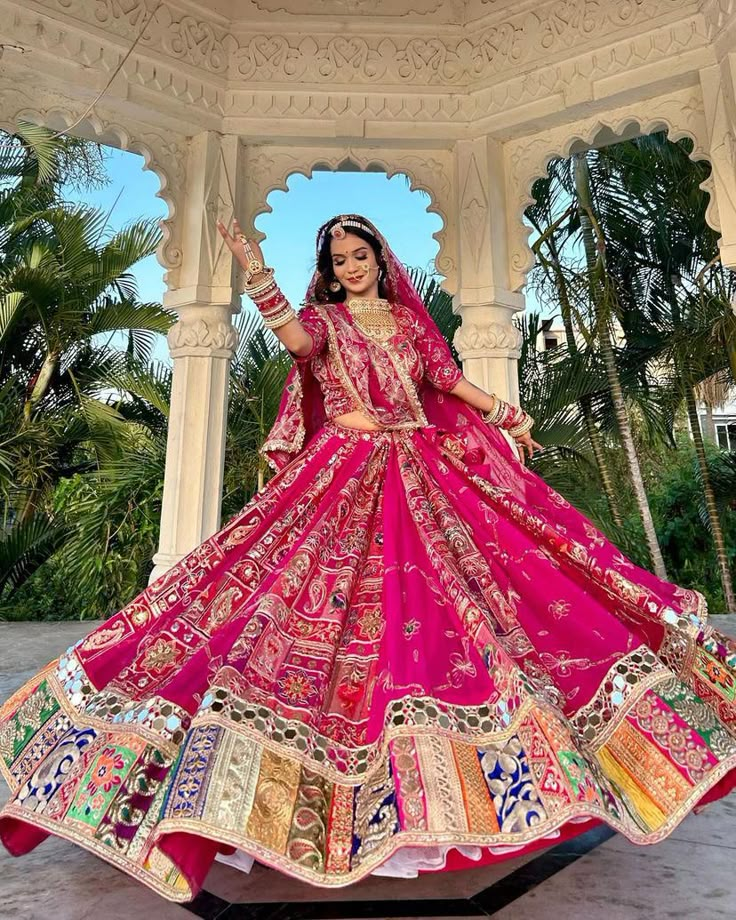
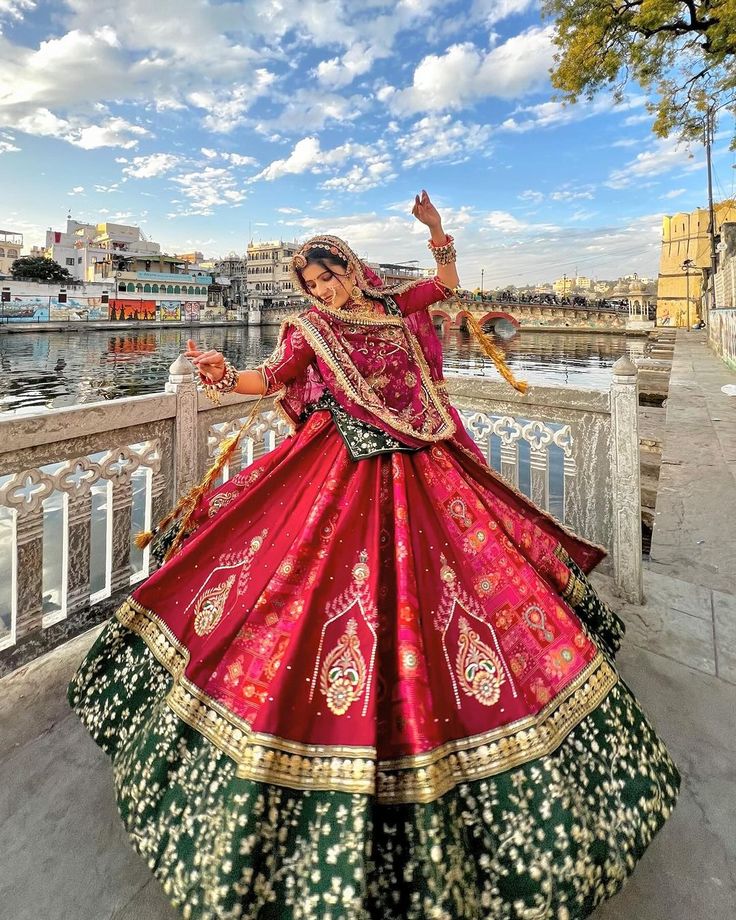

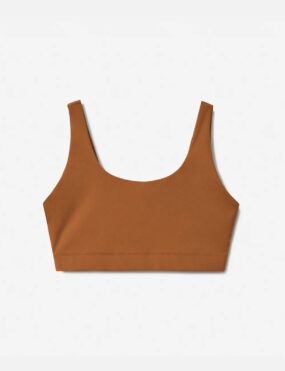

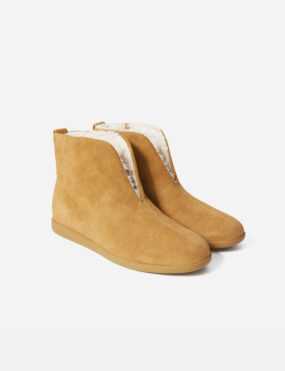
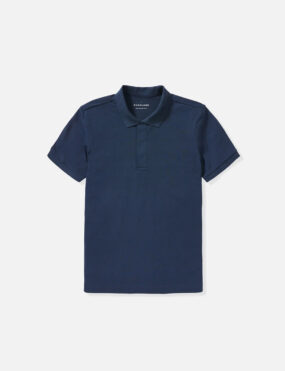

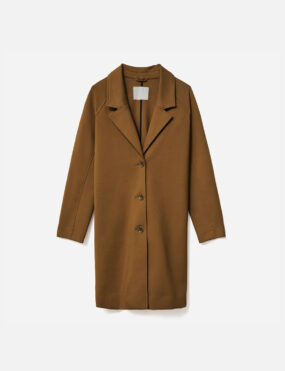
 Passegiata Women's Polyamide t-shirt
Passegiata Women's Polyamide t-shirt